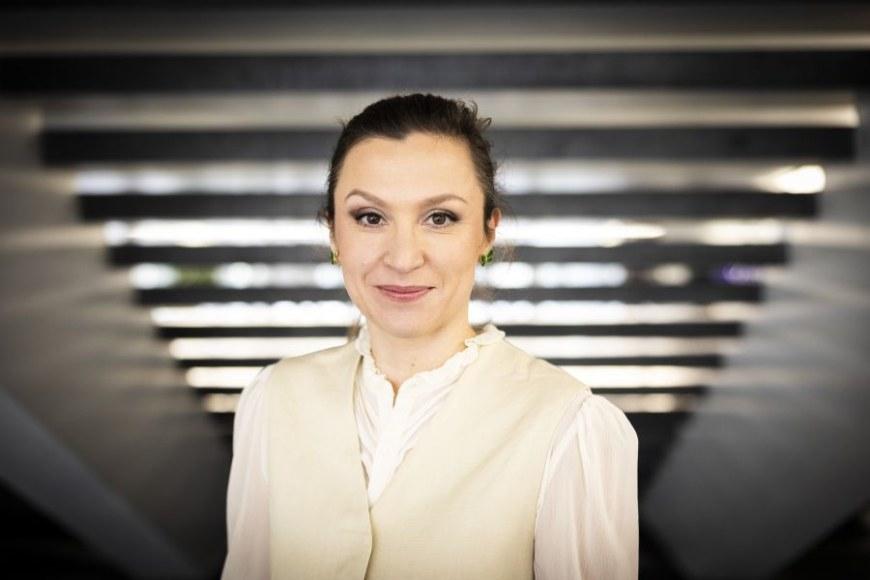Male and female journalists experience similar amounts of external interference in Finland

Of the studied journalists, 59 % of men and 62 % of women had received messages containing verbal abuse and 19 % of men and 15 % of women had been threatened with violence at least once during the three-year observation period (2014–2017).
While no statistically significant gender differences were observed in the prevalence of external interference, the perceived implications of interference were strongly gendered. Female journalists expressed consistently more negative views, reporting, for example, more mental strain and self-censorship. They were also less confident than male journalists that their superiors will support them against external interference.
“This may be due to gendered social structures that are reflected as qualitative differences in interference,” says researcher Ilmari Hiltunen from Tampere University’s COMET research centre.
“Based on previous research, verbal abuse directed towards female journalists is more likely to target their gender and sexuality, and the intimidation targeted at female journalists features threats of sexualised violence more frequently. In addition, the historically masculine ethos of journalism may raise the threshold for male journalists to recognise and acknowledge such effects as fear and self-censorship,” Hiltunen notes.
The study indicates that the occupational position and the media outlet used for reporting are more significant than individual level factors like gender or age when examining the prevalence of external interference. As regards occupational positions, editors-in-chief generally experience more interference compared to journalists in other posts. Of editors-in-chief, 77 % had been subjected to verbal abuse and 23 % had received threats of violence. When examining differences between media outlets, journalists in national and regional newspapers were most often subjected to external interference, while journalists working in various magazines reported the least amount of interference.
“Experiences of external interference are most common among editors-in-chief who have the most control over journalistic content. In addition, journalists working in media with significant regional or national visibility are often subjected to various methods of interference. Compared to occupational position and media outlet, the demographic characteristics of journalists, such as gender and age, seem to have little effect on the prevalence of interference,” Hiltunen says.
The study was based on a survey conducted in March 2017. The research data comprised survey responses from 875 members of the Union of Journalists in Finland, Finnish Association of Editors, Finnish Association of Magazine Editors-in-Chief, and Finnish Association of Local Paper Editors. The survey examined journalists’ experiences of external interference in four categories: verbal, physical, institutional and economic interference. The research was conducted by researcher Ilmari Hiltunen from Tampere University and researcher Aleksi Suuronen from Åbo Akademi.
Ilmari Hiltunen & Aleksi Suuronen (2020): Differences Based on Individual- and Organizational-level Factors in Experiences of External Interference among Finnish Journalists, Journalism Practice, https://www.tandfonline.com/doi/full/10.1080/17512786.2020.1815558
DOI: https://doi.org/10.1080/17512786.2020.1815558
Enquiries:
Researcher Ilmari Hiltunen, +358 50 509 9034, ilmari.hiltunen [at] tuni.fi
Researcher Aleksi Suuronen, aleksi.suuronen [at] abo.fi
Photo: Jonne Renvall





